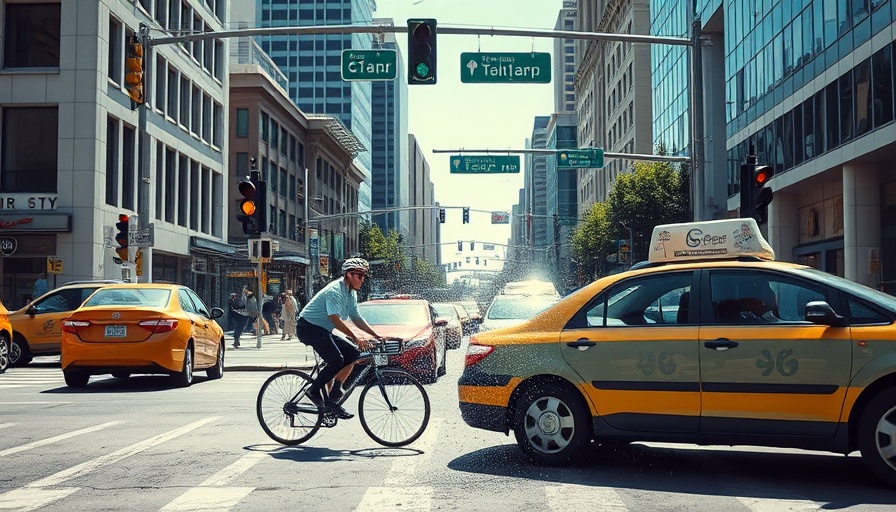
Mental Health: A Priority for New York City
New York City is making significant strides to ensure that mental health becomes a foundational aspect of its public health policy. As mental well-being increasingly comes to the forefront of community discussions, NYC Mayor Eric Adams has emphasized that a healthy mind is crucial for a thriving city. Not only is this initiative critical for individuals, but it represents a societal commitment to improving the overall quality of life for residents.
Innovative Solutions in Schools
One of the centerpiece strategies involves enhancing mental health services within the school system, which serves as the city’s first line of defense against mental health crises. Recently, this initiative saw the launch of multiple school-based mental health clinics across more than 230 schools. These clinics not only offer therapy sessions but also empower educators with the necessary training to support students. By investing in such crucial infrastructure, New York City is setting a precedent for integrating mental health care into everyday educational environments.
Collaborative Initiatives for Youth
Building on these efforts, the New York City Council passed new legislation to expand mental health support among youth through peer-to-peer programming. This aims to create safer spaces for students to openly share their struggles, reinforcing the idea that support systems should start early. Programs that facilitate discussions and workshops about mental health are vital as they equip young New Yorkers with life skills that help them navigate their emotional landscapes.
Addressing Greater Needs
Adams' approach also acknowledges the shared responsibility of caring for vulnerable populations. A staggering investment of $650 million has been earmarked to combat severe mental illness and homelessness, marking a historic shift in addressing these intertwined crises. The launch of “Bridge to Home” is particularly notable, offering essential resources and support for individuals grappling with severe mental health issues while experiencing homelessness. This reflects a growing recognition of the necessity for comprehensive strategies that do not merely react to crises but rather work to prevent them.
Social Media: A Public Health Hazard
In a bold move, New York City became the first major U.S. city to label social media as a public health hazard. This action underscores an awareness of modern challenges posed by technology, especially among youth. By creating awareness about the mental health implications of social media usage, the city aims to foster healthier interactions and support systems for its residents.
The Role of Community and Workforce Development
Simultaneously, the city is tackling the behavioral health workforce crisis, which has impacted service delivery across the boroughs. A report from the Mayor's Office highlights pathways for workforce development that will not only alleviate shortages but also ensure that services are culturally competent. Investments in training and development within the field are crucial as New York City strives to not only be inclusive but also responsive to the communities it serves.
Conclusion: A Healthier Future Awaits
As mental health initiatives gain momentum, it becomes increasingly clear that a healthy mind equals a healthy New York City. The city’s focus on integrating mental health support throughout life stages, particularly among its youth, sets a transformative trajectory that other urban areas could learn from. New Yorkers are encouraged to engage with these programs proactively, as the city strives to ensure that mental well-being is accessible to all.
 Add Row
Add Row  Add Element
Add Element 



Write A Comment